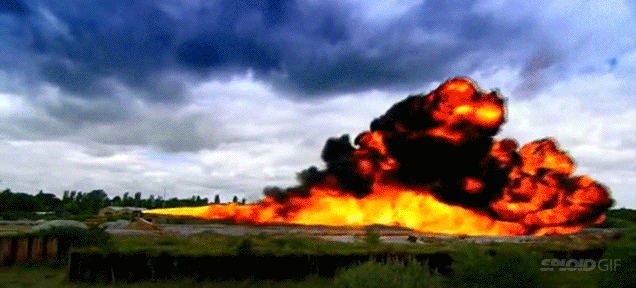- Pronouns
- Snek
- TNP Nation
- Territorio di Nessuno
- Discord
- Nessie
Do you know that the Polish Cavalry went into battle wearing wings?

Founded between 1574-1576 by the will of the sovereign Stefan Batory, following the reform of the army, the Polish Winged Hussars were a heavy cavalry élite force which formed the backbone of the Kingdom of Poland first and the Polish-Lithuanian Confederation.
They didn't lose even one battle for the first 125 years after the inception of the unit resulted detrminants in more than a battle, as in the battles of Kircholm (1605), Kluszyn (1610), Chocim (1621) and many other. They also partecipate in the battle of Vienna (1683) Freeing Vienna from the siege of the Ottomans.
Become expensive to mantain and impratical from the strategic point of view were dissolved by the Sejm (Parliament) in 1775.

Founded between 1574-1576 by the will of the sovereign Stefan Batory, following the reform of the army, the Polish Winged Hussars were a heavy cavalry élite force which formed the backbone of the Kingdom of Poland first and the Polish-Lithuanian Confederation.
They didn't lose even one battle for the first 125 years after the inception of the unit resulted detrminants in more than a battle, as in the battles of Kircholm (1605), Kluszyn (1610), Chocim (1621) and many other. They also partecipate in the battle of Vienna (1683) Freeing Vienna from the siege of the Ottomans.
Become expensive to mantain and impratical from the strategic point of view were dissolved by the Sejm (Parliament) in 1775.


















 wow... very interesting Romanoffia
wow... very interesting Romanoffia 

